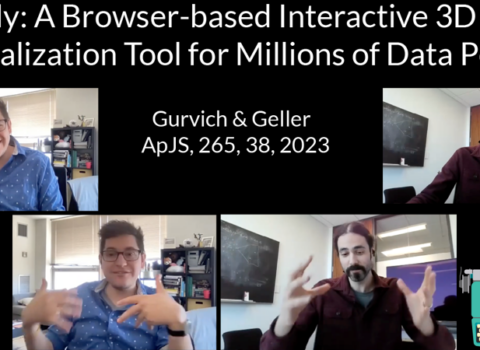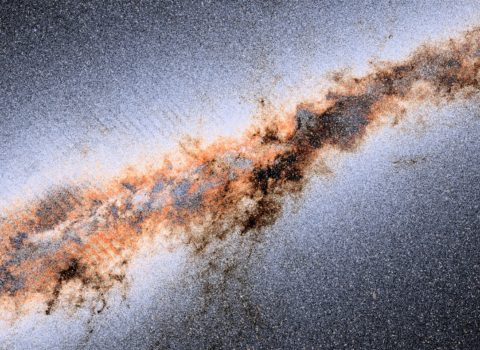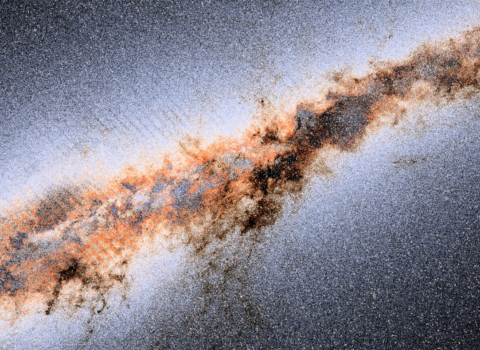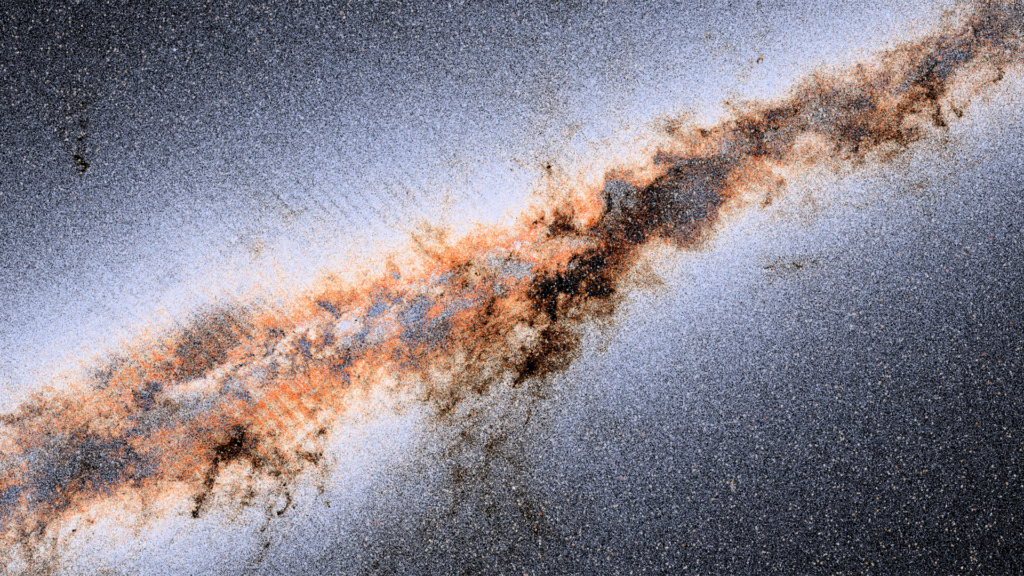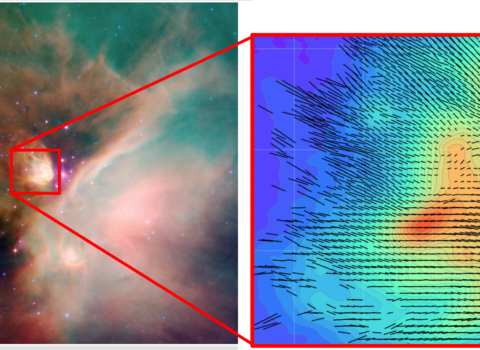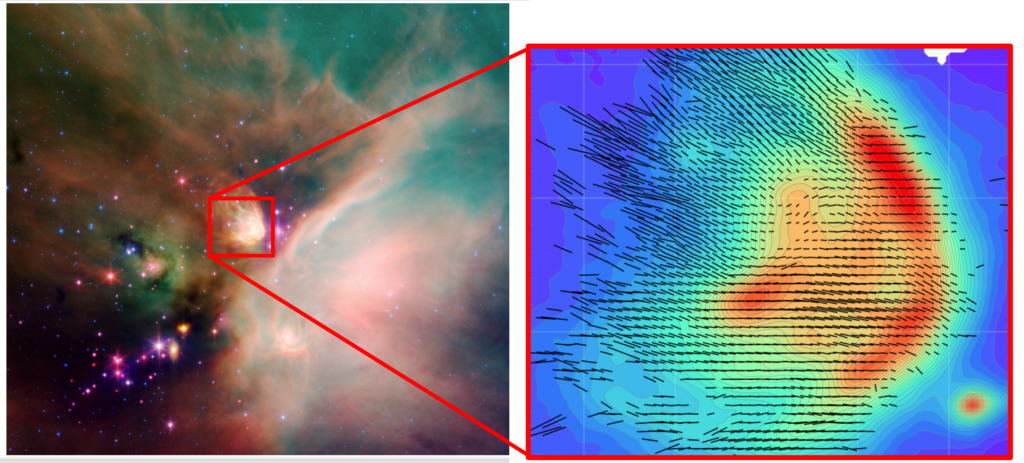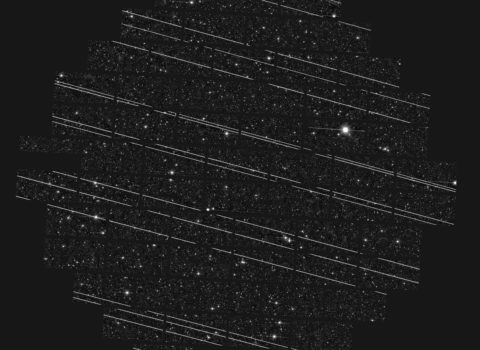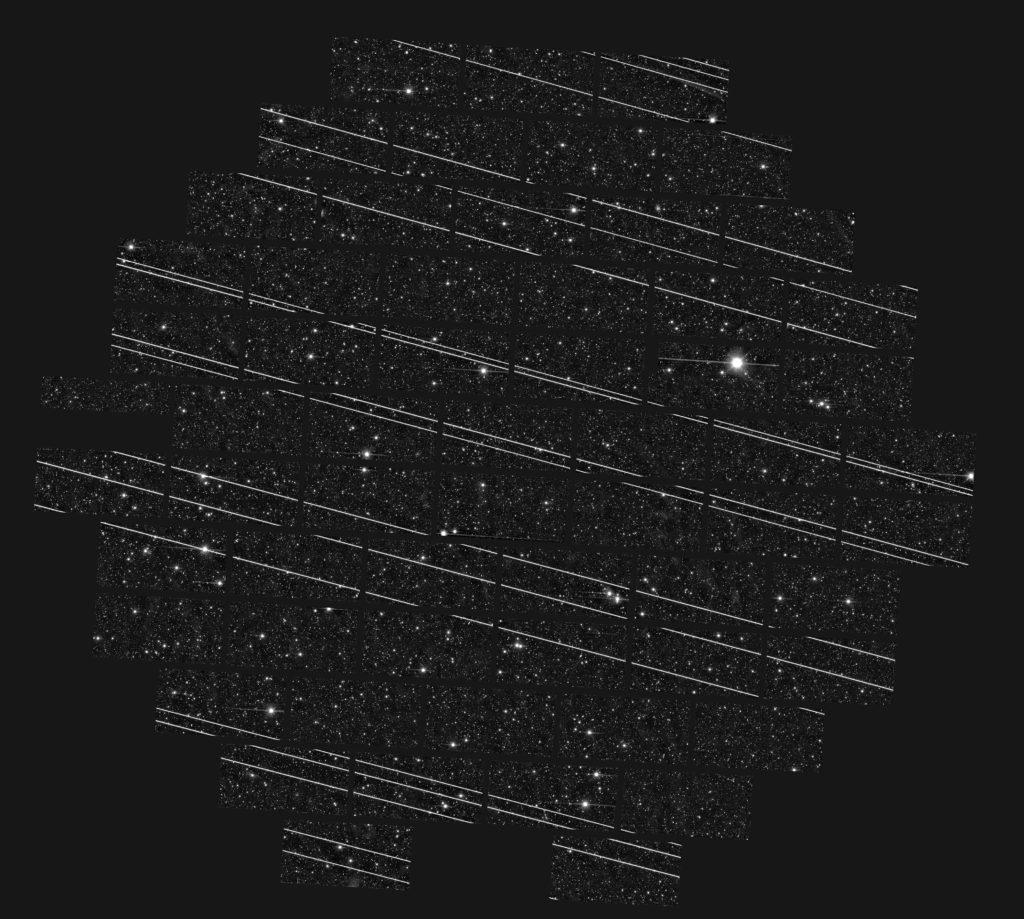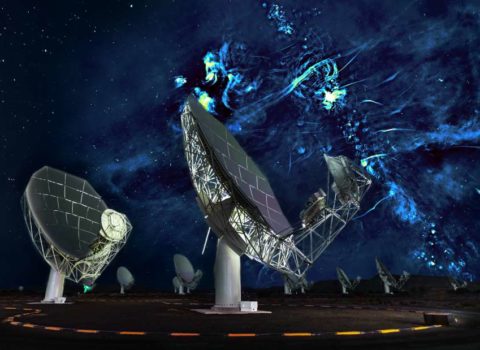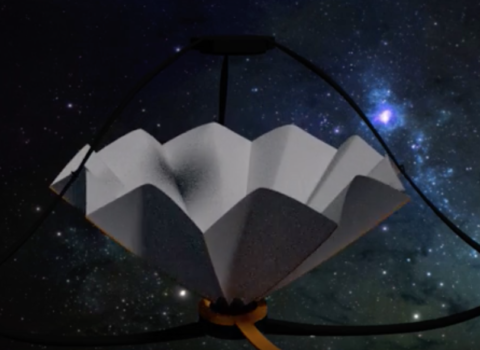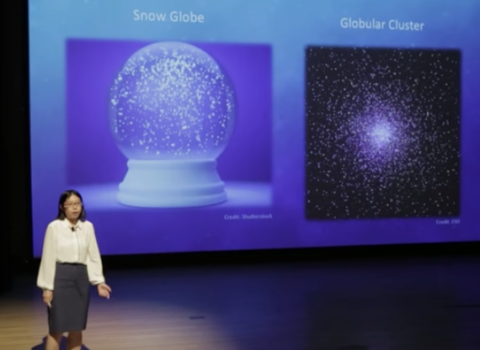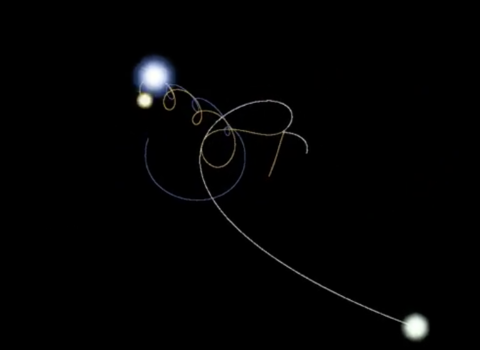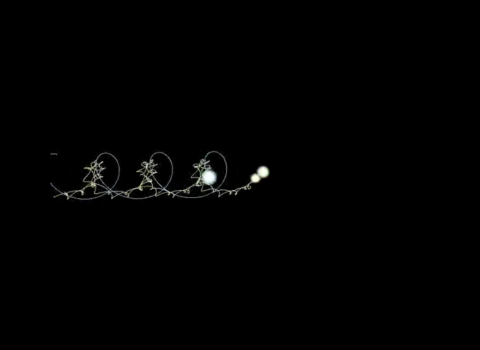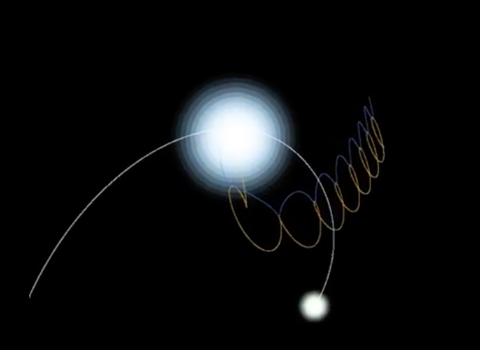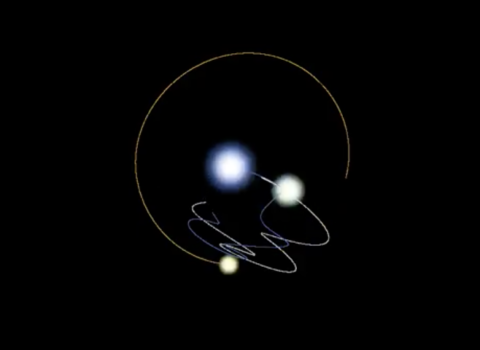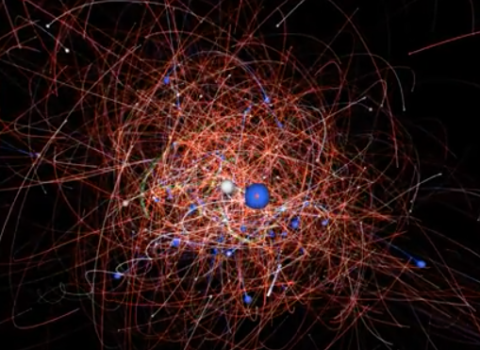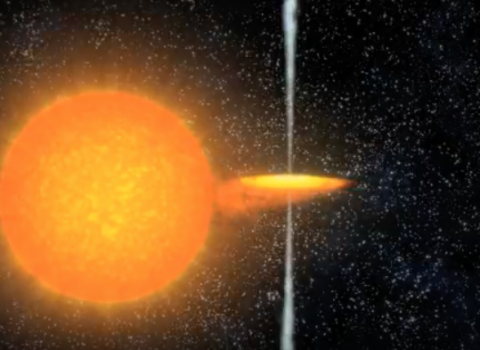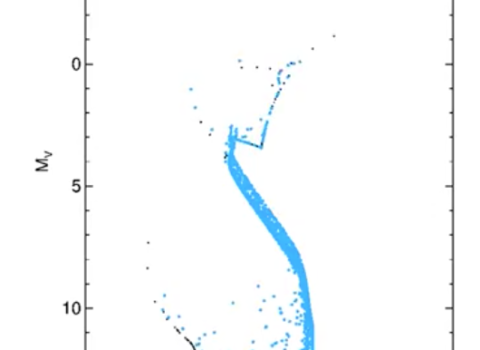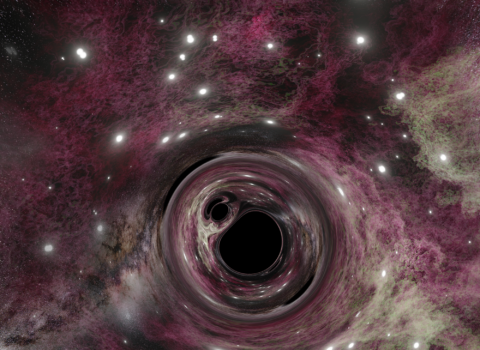
Unveiling the origins of merging black holes in galaxies like our own
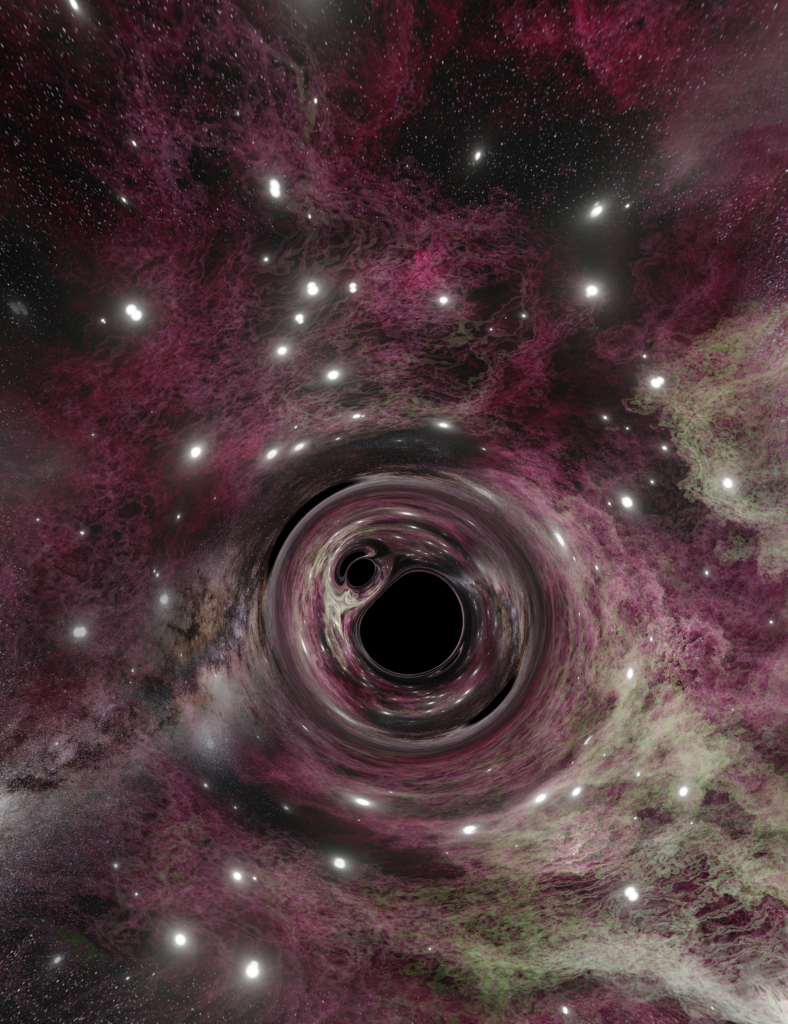
Unveiling the origins of merging black holes in galaxies like our own
A 31.5 solar-mass black hole with an 8.38 solar-mass black hole companion viewed in front of its (computer generated) stellar nursery prior to merging. The distant band of the Milky Way can be seen toward the lower-left of the black hole pair. Light is warped nearby the black holes due to their strong gravity. The
Aaron M. Geller / Northwestern CIERA & NUIT-RCS; ESO / S. Brunier
- Science,
- Interdisciplinary,
- Data Science & Computing


